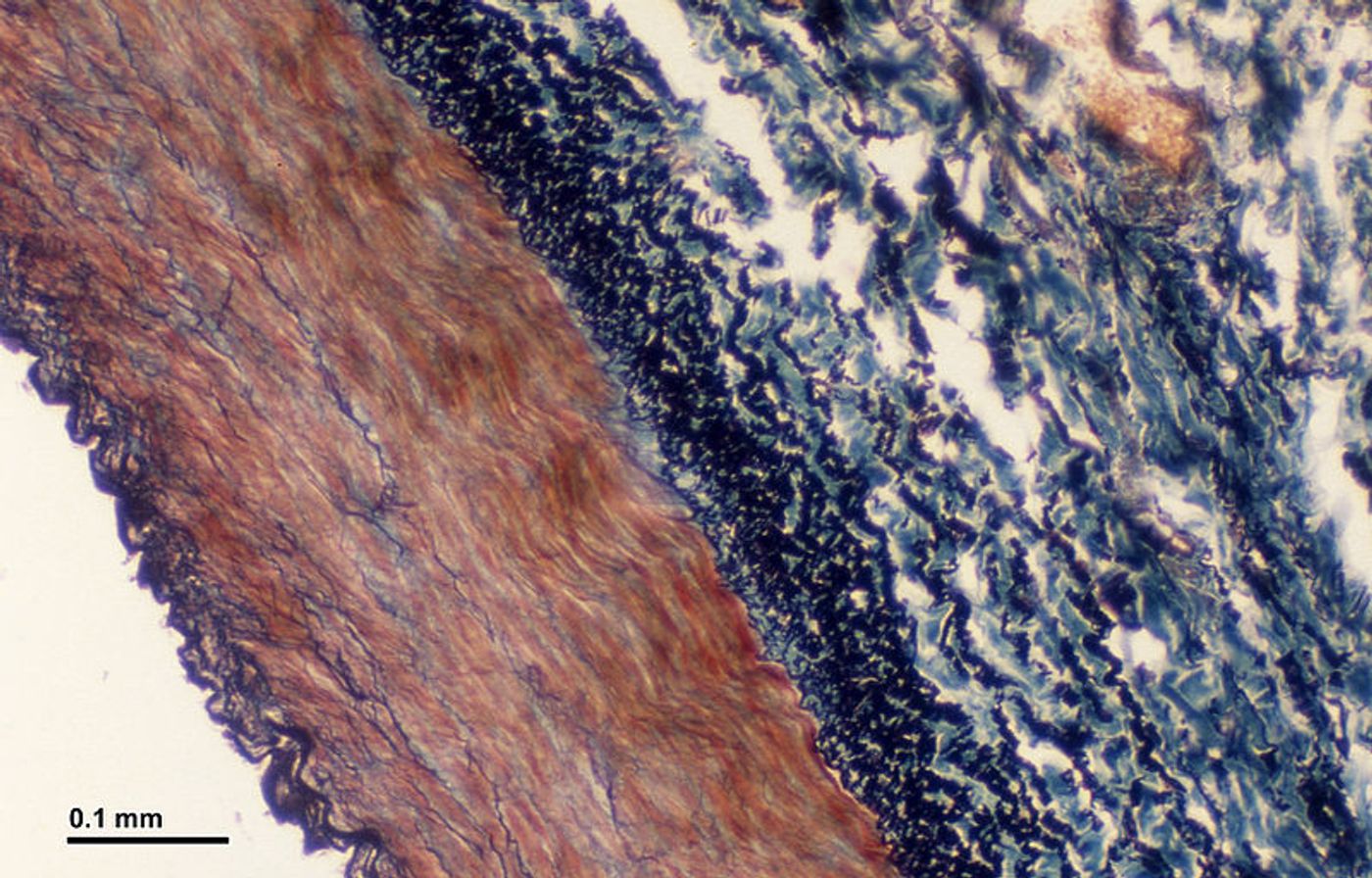New Biomarker Improves Combination Cancer Therapy
Two anti-cancer drugs are better than one, and the discovery of a new biomarker will likely help researchers identify the appropriate timing for the administration of multiple treatments for cancer patients. From Osaka University and Elsevier, researchers show how a new biomarker helps scientists visualize blood vessel activity.
Drugs that inhibit angiogenesis, the formation of new blood vessels, are important in the fight against cancer because new blood vessels are required for cancer growth. “Adding an anti-angiogenic drug can boost an anticancer drug's effectiveness,” explained Nobuyuki Takakura, MD, PhD. “Basic research indicates that anti-angiogenic therapy allows the blood vessels to return to quiescence and "normalize" so that the anticancer drug can penetrate the tumor more effectively.”
Combination therapies such as the approach that Takakura describes could do wonders for the world of cancer treatment, if done right. Angiogenesis inhibitors, like vascular endothelial growth factor (VEGF) signaling can improve the effectiveness of anticancer drugs, like chemotherapy; most of the time, one drug can’t keep cancer in check all on its own. Researchers are hoping that by improving combination anti-cancer therapies, they can help cancer survivors live longer without relapse.
“However, it is unclear how we can recognize the 'window of opportunity' for the tumor vascular normalizing period for effective timing of anticancer drug treatment,” Takakura explained. “Therefore, biomarkers delineating this window are essential.”
Takakura’s research involves breaking down the difference between dormant and active proliferating vascular endothelial cells (ECs). The new biomarker, promoter activity of a particular DNA replication factor, was measured in ECs to do so. ECs form the lining of blood vessels and are important for supplying the tissues with blood.
Researchers saw no biomarker activity in normal adult skin vasculature, but ECs in and around tumor cells showed signs of activity, which was ultimately linked with tumor cell growth. Takakura said that this activity “may be utilized to visualize proliferating ECs.”
Non-proliferative ECs also express a cell surface protein called CD10, which Takakura also lists as a potential biomarker: "Since CD109 is highly expressed in dormant ECs, we suggest it can be used to detect normalized blood vessels, thus allowing identification of the 'window of opportunity' for optimal delivery of chemotherapeutics.”
The present study was published in the American Journal of Pathology.
Sources: Elsevier, Molecular Biology of the Cell, 4th Edition









